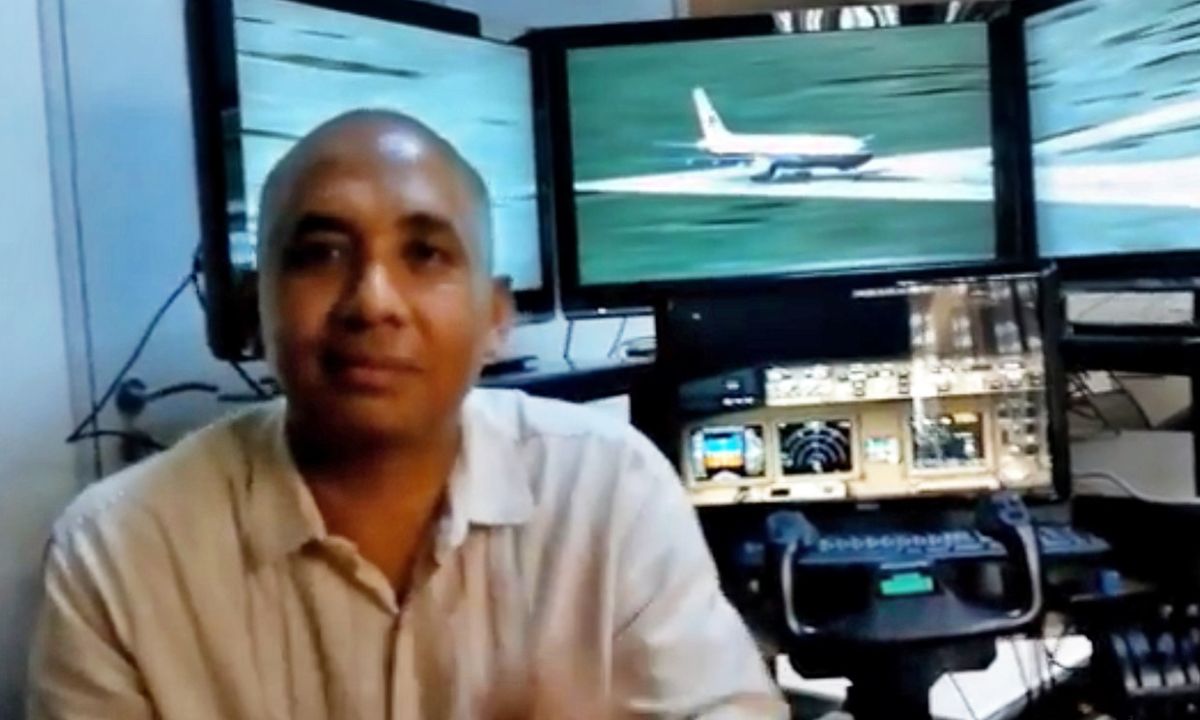As the world marks a solemn milestone, it’s been a decade since Malaysia Airlines Flight 370 (MH370) vanished into thin air, leaving behind a trail of unanswered questions and enduring sorrow. Let’s delve into the events surrounding this perplexing disappearance and the ongoing efforts to unearth the truth.
On the night of March 8, 2014, Malaysia Airlines Flight 370 embarked on a routine overnight journey from Kuala Lumpur to Beijing, carrying 239 passengers and crew members. Little did they know, this would be the beginning of one of the greatest mysteries in aviation history.
As the aircraft entered Vietnamese airspace, Captain Zaharie Ahmad Shah bid farewell to Malaysian air traffic control with a routine “Good night Malaysian three seven zero.” And then, silence enveloped the skies.
Despite disappearing from radar screens, MH370 continued its flight for hours, defying logic and baffling experts. Initial search efforts focused on the South China Sea, but attention soon shifted to the remote reaches of the southern Indian Ocean based on satellite pings indicating the plane’s trajectory after it presumably ran out of fuel.
Even so exhaustive searches spanning vast expanses of ocean, the elusive wreckage remained beyond reach. Only a few scattered pieces of fuselage, including a flaperon, washed ashore on Indian Ocean islands and eastern Africa, offering scant clues to the fate of the missing aircraft.
MH370: The Faces Behind the Mystery
MH370 was not just a plane; it was a microcosm of humanity. Among the passengers were individuals from over a dozen countries, each with their own stories and dreams. From Chinese artists returning from an exhibition to a Malaysian couple embarking on their honeymoon, the manifest reflected a diverse tapestry of lives interrupted tragically.
In the cockpit, Captain Zaharie, a seasoned pilot with decades of experience, and his co-pilot Fariq Hamid Ahmad, found themselves at the center of speculation. Alongside them, Supervisor Patrick Gomes led the Malaysian crew, each one now immortalized in the annals of aviation history.
As investigators pieced together the puzzle of MH370‘s disappearance, a baffling narrative emerged. Radar data revealed a deviation from the flight path, with the aircraft veering back over Malaysia and out into the Andaman Sea before heading south into the vast expanse of the Indian Ocean. The inexplicable disabling of transponders and tracking systems added layers of intrigue to an already confounding mystery.

In the aftermath of the disappearance, an unprecedented multinational effort was launched to locate MH370. From aerial searches covering millions of square kilometers to deep-sea expeditions, every resource was mobilized in pursuit of closure. Yet, despite years of laborious efforts and millions of dollars spent, the wreckage remained elusive, hidden beneath the unforgiving depths of the southern Indian Ocean.
As the world reflects on a decade of uncertainty, the mystery of MH370 endures as a haunting reminder of humanity’s limitations. Despite the passage of time, the search for answers continues, driven by the unshakable resolve to honor the memories of those lost and provide solace to their grieving loved ones.
As the world grapples with the enigma of Malaysia Airlines Flight 370 (MH370), released reports and ongoing speculation continue to shed light on the puzzling disappearance of the Boeing 777-200.
In 2018, Malaysia’s official report into the disappearance hinted at foul play but stopped short of definitive conclusions. Despite extensive investigations, including scrutiny of the pilot’s simulator data and background, the exact sequence of events remains mysterious. Kok Soo Chon, head of the MH370 safety investigation team, emphasized the need for finding the wreckage to draw conclusive answers.
Read More:
Damsel: Millie Bobby Brown’s Damsel Revolutionizes the Fairy Tale Genre
Introducing the VIVO X FOLD 3: A Foldable Smartphone
The spotlight turned to Captain Zaharie Ahmad Shah, the pilot, amidst revelations of his simulator activities prior to the disappearance. However, investigators stressed that while suspicions arose, they found no evidence to incriminate the pilot or co-pilot. The manual operation of in-flight systems added layers of complexity to the investigation, fueling speculation but leaving room for countless
possibilities.
With no concrete leads, conspiracy theories have proliferated, further clouding the search for truth. The bafflement over how such a large aircraft could vanish persists, compounded by the vastness and depth of the Indian Ocean, where search efforts have been concentrated.
Despite the challenges posed by the ocean’s depth and complexity, advances in technology offer a glimmer of hope. Drift analysis conducted by experts suggests potential debris locations, reigniting optimism for locating MH370. Professor Charitha Pattiaratchi of the University of Western Australia highlights the technological advancements and favorable oceanic conditions, suggesting a “high probability” of finding the debris.
While the prospect of analyzing the black boxes after a decade at sea remains uncertain, the possibility of finding MH370 offers solace to the families of the passengers and crew. For years, they have endured uncertainty and grief, yearning for closure and answers to the lingering questions surrounding their loved ones’ fate.
As the search for MH370 enters its second decade, the world remains captivated by the mystery, holding onto hope that one day, the truth will emerge from the depths, providing solace to the families and shedding light on one of aviation’s greatest mysteries.